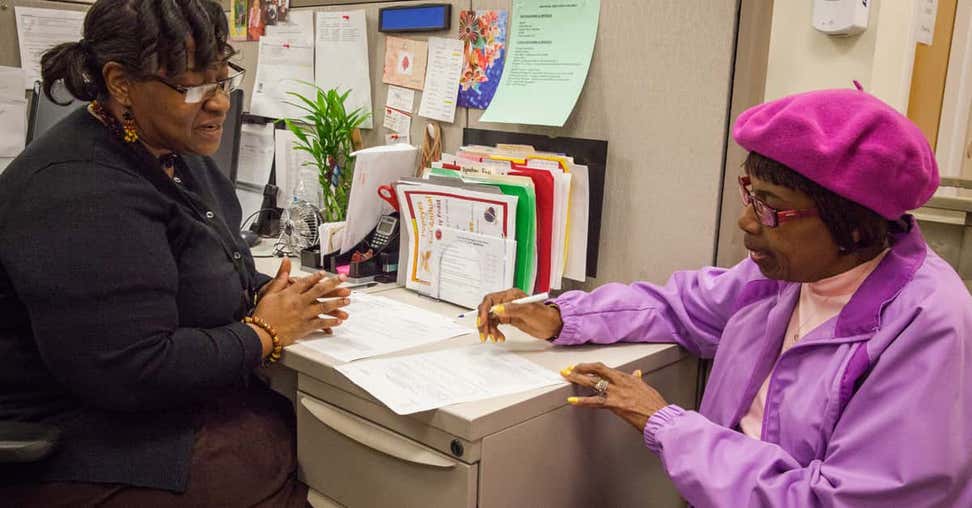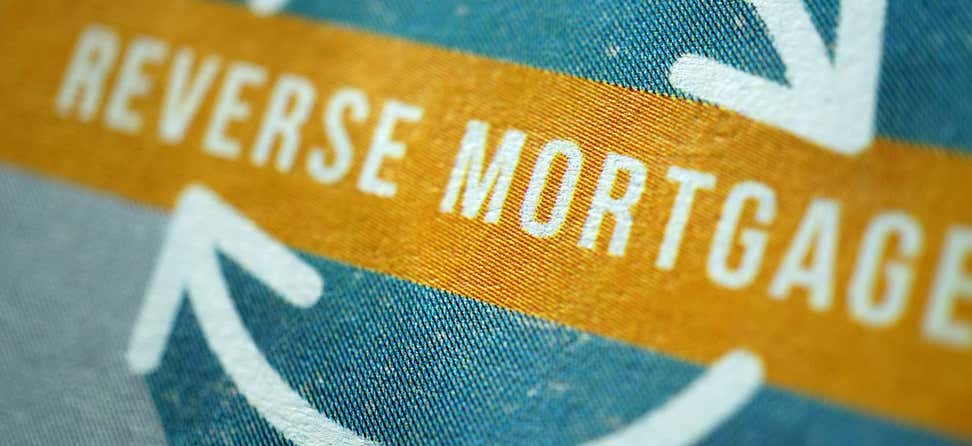Key Takeaways
Living at home can become difficult as you grow older, especially when you need extra help to perform everyday tasks.
There are many practical and financial factors to consider, including whether or not you should to tap into your home equity.
Our Use Your Home to Stay at Home guide walks you through different options, including reverse mortgages and home equity lines of credit.
For many older adults, their home is their biggest financial asset, and they want to remain there as long as possible. Choosing to live in your home when you need extra help can be a big decision.
There are many practical and financial factors to consider, including the option of tapping into the stored value of your home with a loan, also known as a reverse mortgage. Using the equity in your home can seem like a good idea. But is it right for you? It's a decision you should consider carefully, which is why we've created a guide to help you better understand and evaluate your options.
Help to better understand if a reverse mortgage is right for you
NCOA's Use Your Home to Stay at Home© is the official federally approved consumer booklet for older homeowners who are considering using reverse mortgage to stay in their home. Our guide also provides information on other housing and home equity options available to older adults who are looking to remain in their homes as they age.
What you can find in our 'Use Your Home to Stay at Home' guide:
- Questions for older homeowners to ask about whether their home still meets their needs
- Information about other housing options, including continuing care retirement communities and senior apartments
- Information about loan options available when tapping into your home equity (or your home's value)
- Information about the different types of reverse mortgages, and the advantages and disadvantages of each
You can download a digital copy of both the English and Spanish versions.
To order multiple printed copies, please visit our ordering site.









